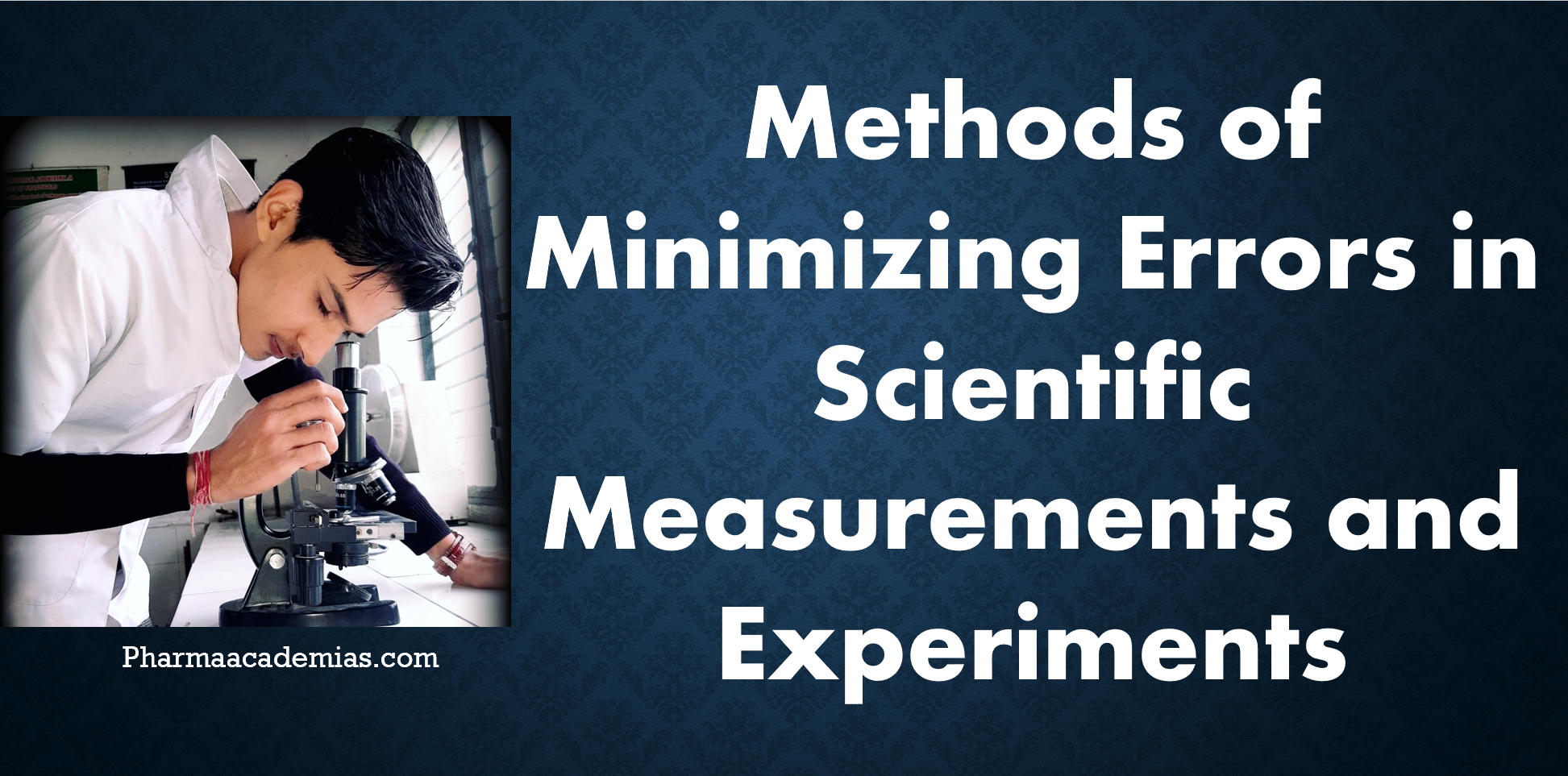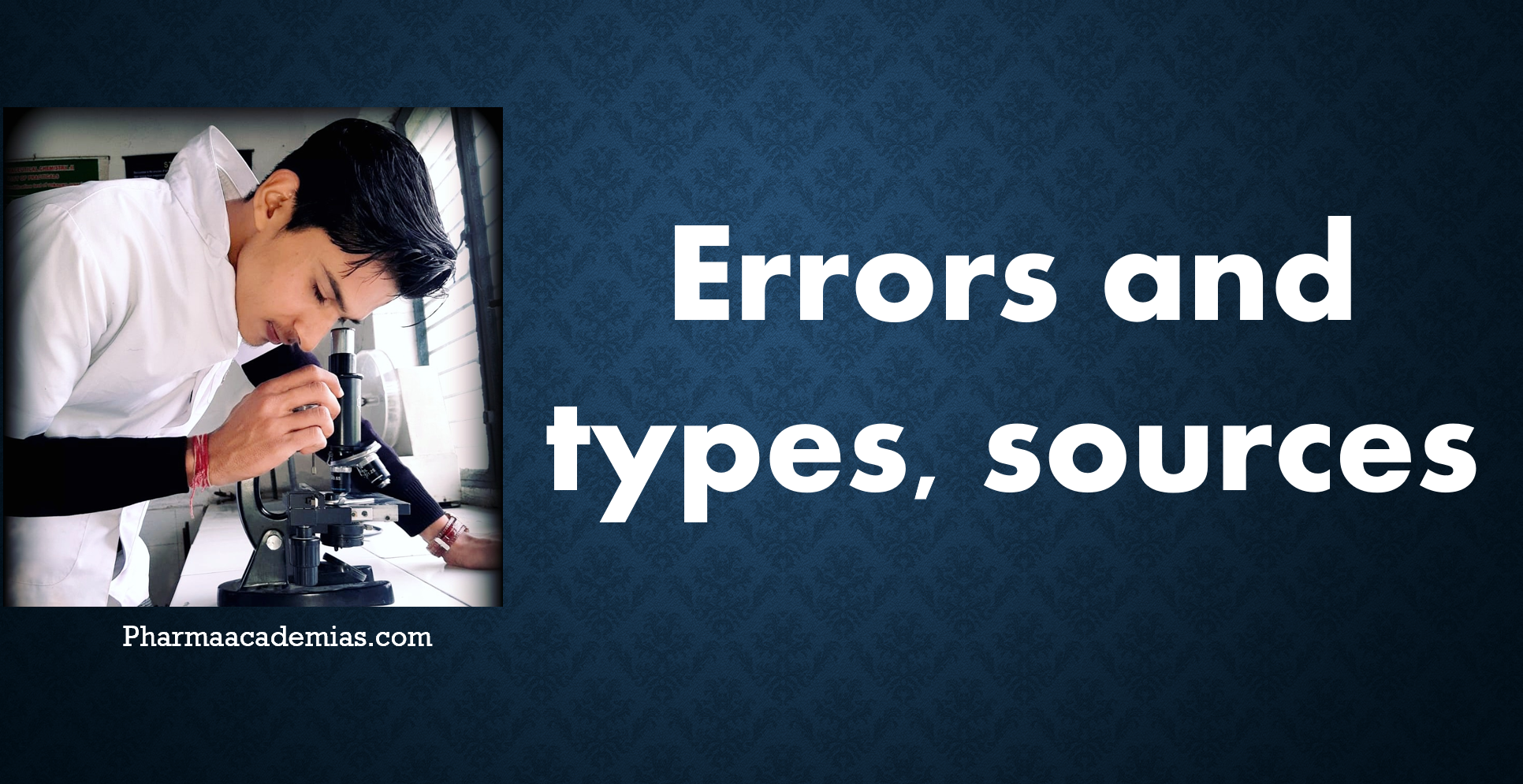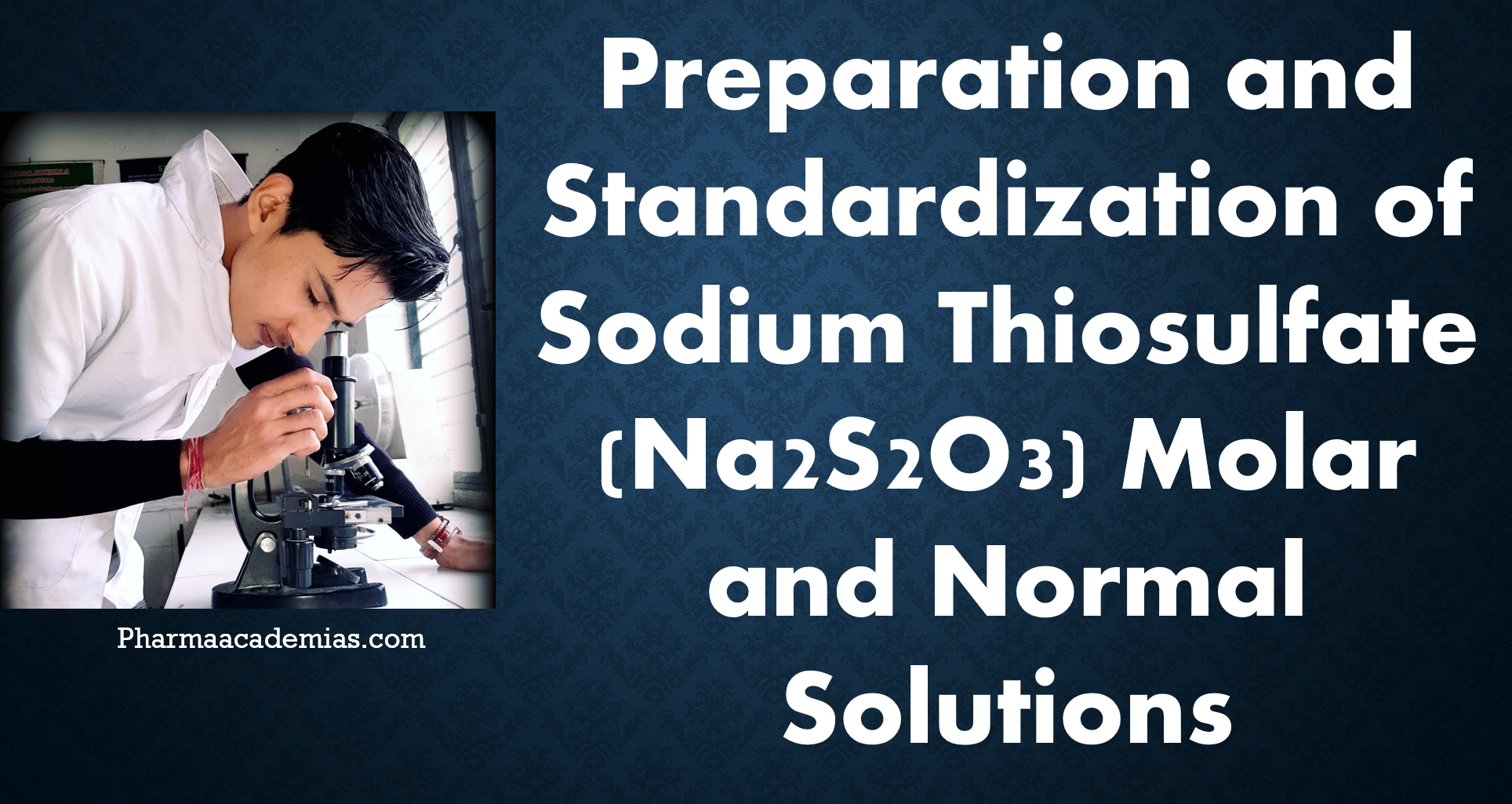Limit Tests in Pharmaceutical Analysis
In pharmaceutical analysis, we use limit tests as a type of chemical test to ascertain the presence of specific impurities or contaminants in a pharmaceutical substance or product. These tests aim to ensure that regulatory agencies, like the U.S. Food and Drug Administration (FDA) or the European Medicines Agency (EMA), do not establish predefined limits … Read more










